Sustaining Callao Cave: Balancing Tourism and Conservation Efforts for this Natural Treasure
The cave is home to an incredible array of unique plant and animal species, many of which are found nowhere else in the world
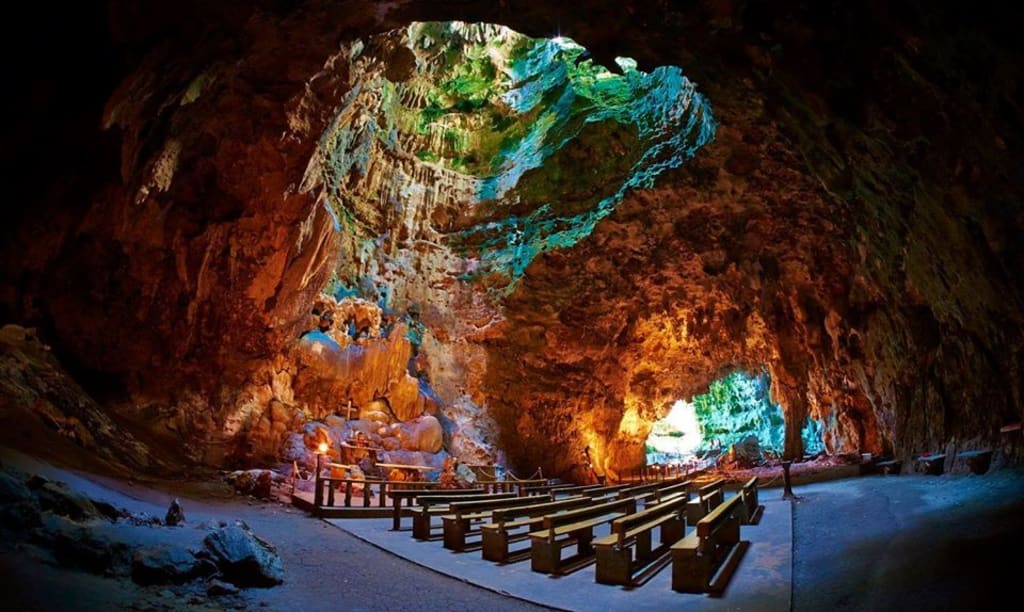
Callao Cave is one of the most popular tourist destinations in the Philippines, known for its stunning rock formations, underground rivers, and unique biodiversity. However, the increasing number of tourists visiting the cave has raised concerns about its long-term sustainability and the need to balance conservation efforts with tourism development.
We will explore the challenges of sustaining Callao Cave and the efforts being made to protect this natural treasure for future generations.

The Importance of Callao Cave
Callao Cave is located in the Peñablanca Protected Landscape and Seascape in the province of Cagayan in the northern Philippines. The cave is home to an incredible array of unique plant and animal species, many of which are found nowhere else in the world. It is also an important cultural site, with archaeological evidence suggesting that humans have been using the cave for thousands of years.

In recent years, Callao Cave has become a popular destination for both domestic and international tourists. Visitors come to marvel at the cave's stunning natural beauty and to experience the unique adventure of exploring an underground cave system. However, the increasing number of visitors has raised concerns about the impact of tourism on the fragile ecosystem of the cave.
Challenges of Balancing Tourism and Conservation
The main challenge in sustaining Callao Cave is finding the right balance between tourism development and conservation efforts. On the one hand, tourism can provide important economic benefits to local communities and help to raise awareness about the need to protect the natural environment. On the other hand, unchecked tourism development can lead to overcrowding, environmental degradation, and other negative impacts.
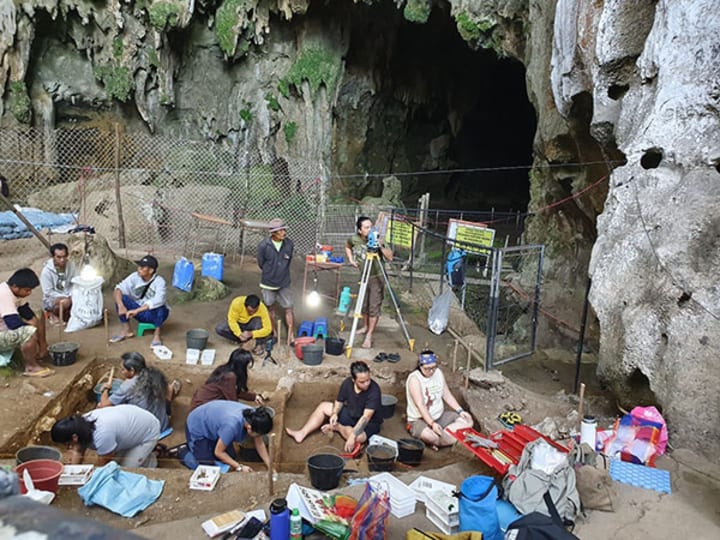
One of the main challenges in balancing tourism and conservation efforts is the lack of infrastructure and resources. The Peñablanca Protected Landscape and Seascape is a remote and rural area, and there are limited resources available for managing and protecting the natural environment. In addition, there is a lack of awareness and education among visitors about the importance of respecting and protecting the natural environment.
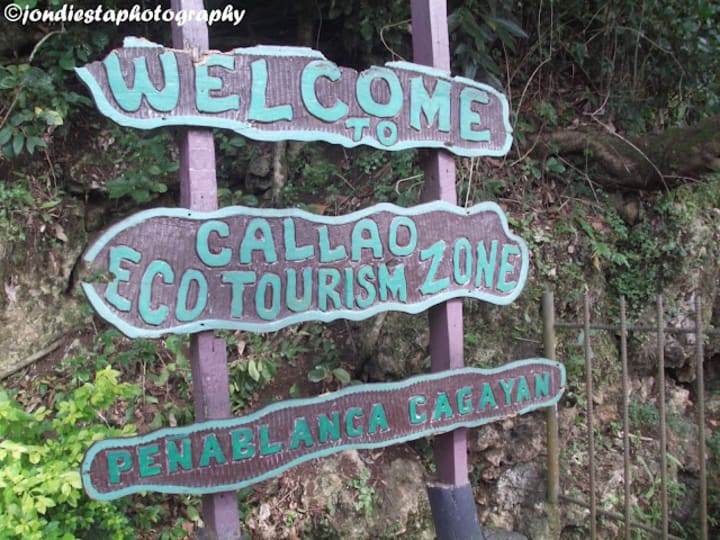
Conservation Efforts at Callao Cave
Despite these challenges, there are a number of conservation efforts underway at Callao Cave aimed at protecting this natural treasure for future generations. These efforts include:
1. Limiting the Number of Visitors
One of the most effective ways to protect the natural environment of Callao Cave is to limit the number of visitors. In 2019, the local government of Cagayan province implemented a cap on the number of visitors to the cave at any given time. This has helped to reduce overcrowding and minimize the impact of tourism on the fragile ecosystem of the cave.
2. Educating Visitors
Another important conservation effort is to educate visitors about the importance of respecting and protecting the natural environment. The local government has implemented a number of education and awareness-raising programs aimed at visitors to Callao Cave. These programs include interpretive signage, guided tours, and educational materials about the unique biodiversity of the cave.
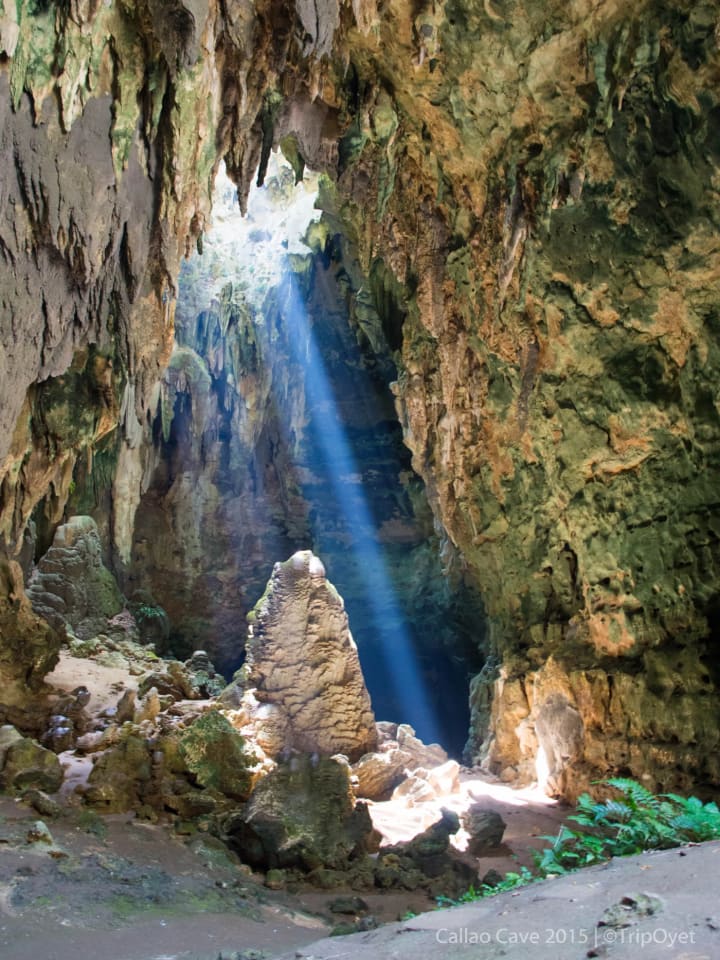
3. Implementing Sustainable Tourism Practices
Sustainable tourism practices can help to minimize the negative impact of tourism on the natural environment. The local government of Cagayan province has implemented a number of sustainable tourism practices at Callao Cave, including:
- Using eco-friendly transportation for visitors
- Encouraging visitors to use reusable water bottles and bags
- Providing composting and recycling facilities for waste management
- Encouraging local businesses to use sustainable practices, such as solar power and rainwater harvesting
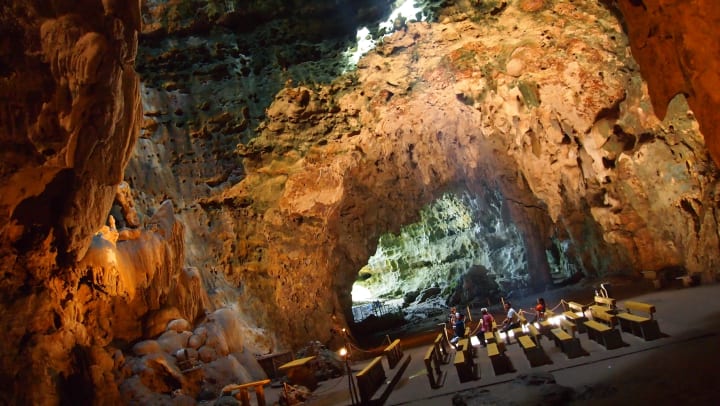
4. Protecting the Natural Environment
Finally, conservation efforts at Callao Cave include protecting the natural environment from environmental degradation. This includes measures such as:
- Enforcing laws and regulations to prevent illegal logging and other destructive activities
- Conducting regular monitoring and research to assess the health of the cave ecosystem
- Conducting restoration and rehabilitation efforts to restore damaged areas of the cave
Conclusion
Callao Cave is a natural treasure that is of great importance to the people of the Philippines and to the world. However, sustaining the cave is a complex challenge that requires a careful balancing of conservation efforts and tourism development. By limiting the number of visitors, educating visitors, implementing sustainable tourism practices, and protecting the natural environment, we can help to ensure that Callao Cave remains a vibrant and healthy ecosystem for generations to come. Ultimately, it is up to all of us to protect this natural wonder and to ensure that it continues to inspire and awe us in the years ahead.
About the Creator
Caffeinated Perspectives
Passionate about coffee and new ideas
Enjoyed the story? Support the Creator.
Subscribe for free to receive all their stories in your feed. You could also pledge your support or give them a one-off tip, letting them know you appreciate their work.






Comments
There are no comments for this story
Be the first to respond and start the conversation.